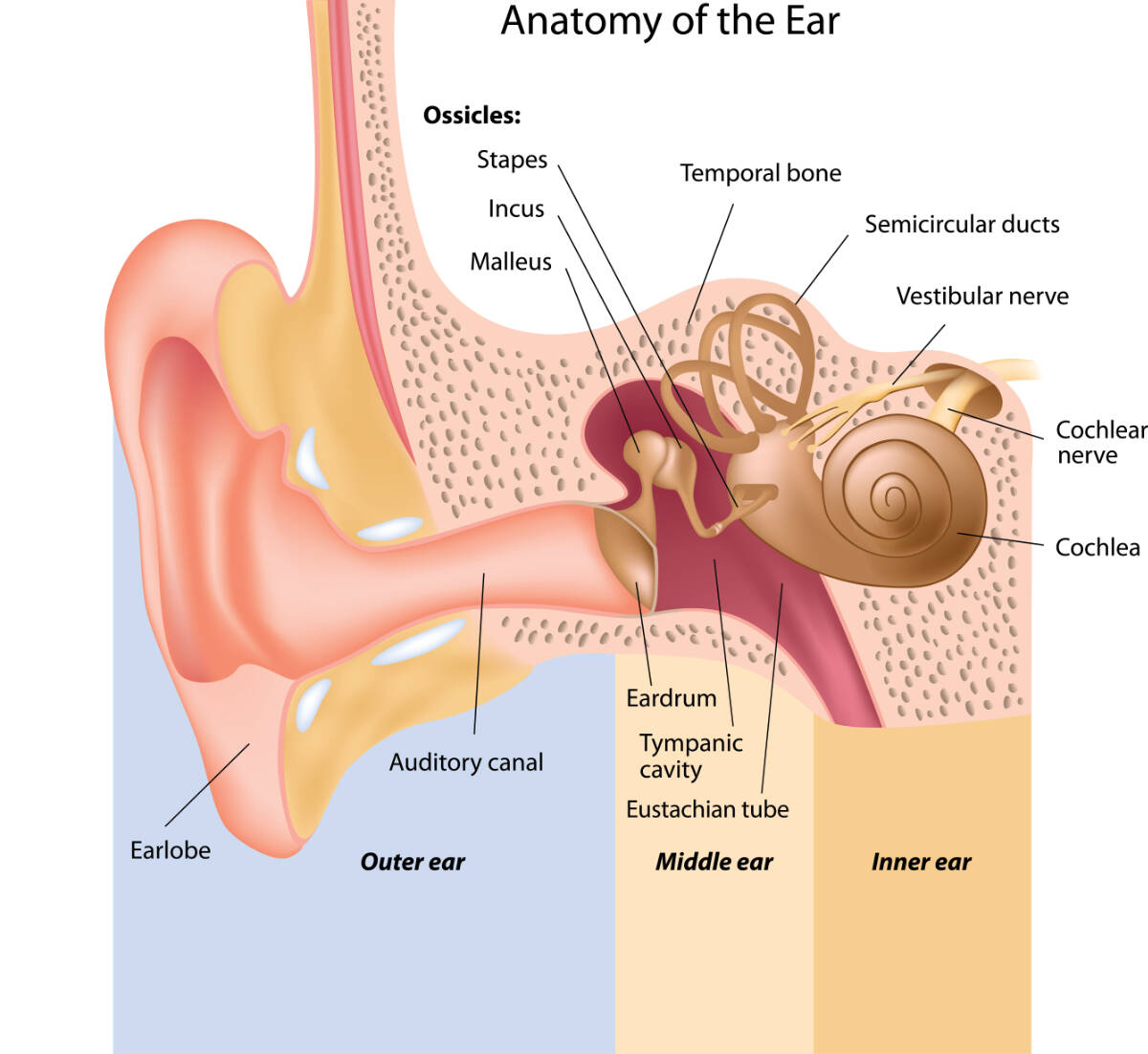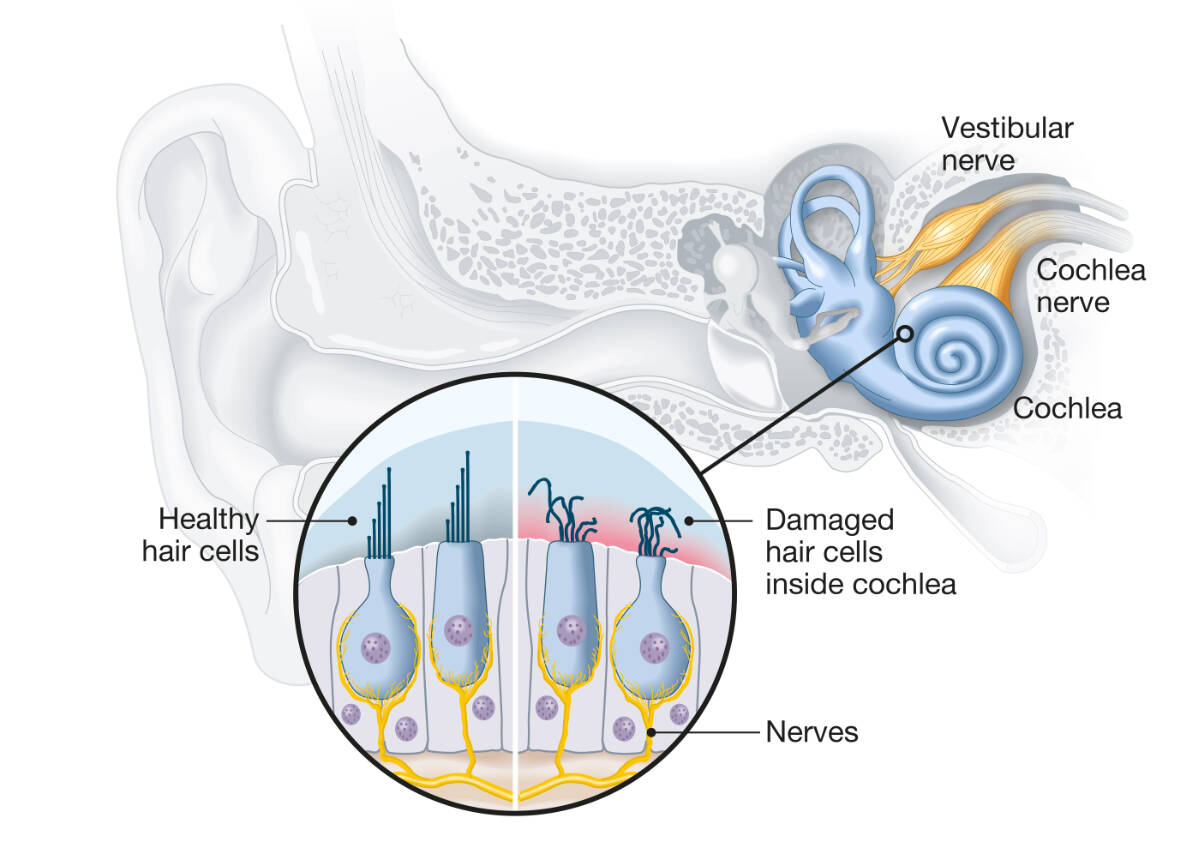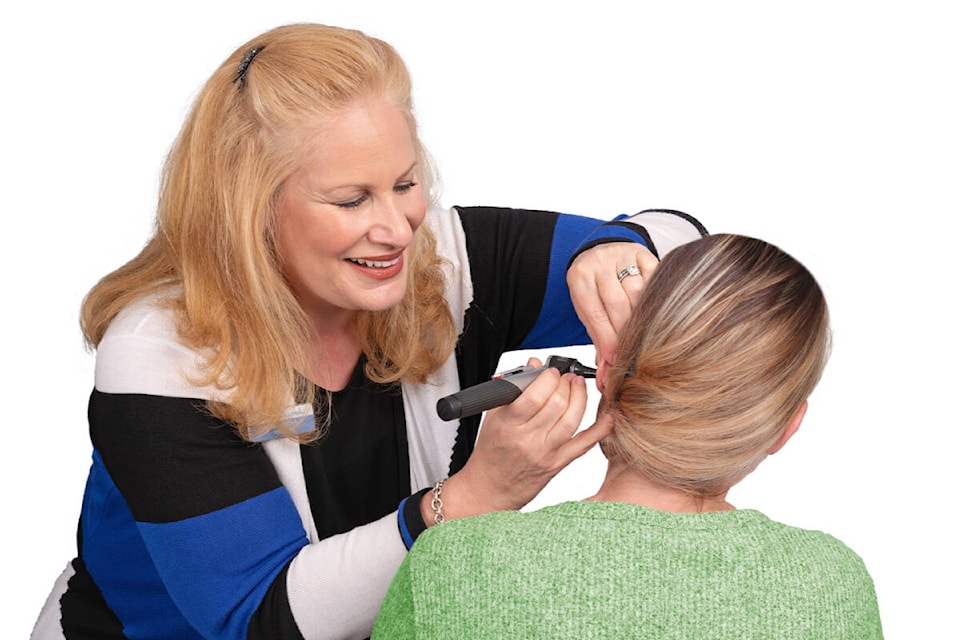A recent study from MIT and Massachusetts Eye and Ear explored Covid-19 patients who reported on-set symptoms of hearing loss, tinnitus, dizziness and balance problems after infection.
The study provided evidence that the virus can infect cells of the inner ear, particularly hair cells.
Researchers conducted the study on 10 Covid-19 patients who reported a variety of ear-related symptoms with the most important symptom being .
Each individual鈥檚 ranged from mild to profound; nine of the patients experienced tinnitus and six patients experienced vertigo.
Using adult human inner ear tissue from donor patients who had surgery to treat severe vertigo and hadn鈥檛 had Covid-19, as well as self-developed novel cellular models of the inner ear, they were able to conduct the study and share their findings.
They found a pattern of infection seen in human inner ear tissue that is consistent with the patient鈥檚 symptoms.
Because it鈥檚 very difficult to collect human inner ear tissue, the team developed models to use for further investigation. They were able to create the inner ear tissue models by taking cells from human skin, reprogramming the cells to become stem cells and then directing the stem cells to develop into precursors of hair cells or Schwann cells.

Co-leading the study were Dr. Lee Gehrke and Dr. Konstantina Stankovic. Gehrke is the Hermann L.F. von Helmholtz Professor in MIT鈥檚 Institute for Medical Engineering and Science. Stankovic is a former associate professor at Harvard Medical School and former Chief of Otology and Neurotology at Massachusetts Eye and Ear, who is now the Bertarelli Foundation Professor and Chair of the Department of Otolaryngology-Head and Neck Surgery at Stanford University School of Medicine.
Minjin Jeong, the lead author of the paper which appeared in Communications Medicine on October 29, 2021, is a former Postdoctoral student in Stankovic鈥檚 laboratory at Harvard Medical School, and is now a Postdoctoral Scholar at Stanford Medical School.

Findings
For an individual to be infected by SARS-CoV-2, they must have specific proteins on their cell surfaces.
Researchers found the proteins on the two types of human inner ear cell samples: hair cells and Schwann cells. Hair cells function to sense sound waves for hearing and motion for maintaining balance while Schwann cells provide electrical insulation for nerve cells in the inner ear.
Similar to the inner ear samples collected from donors, the same cell precursors produced by researchers had the proteins required for SARS-CoV-2 infection. The virus mainly infected the hair cell precursors. The Schwann cells were less affected.
The results from the experiments strongly suggest that SARS-CoV-2 can infect the inner ear and cause and balance issues associated with Covid-19, although the overall percentage of Covid-19 patients who experienced ear-related issues is unknown.

